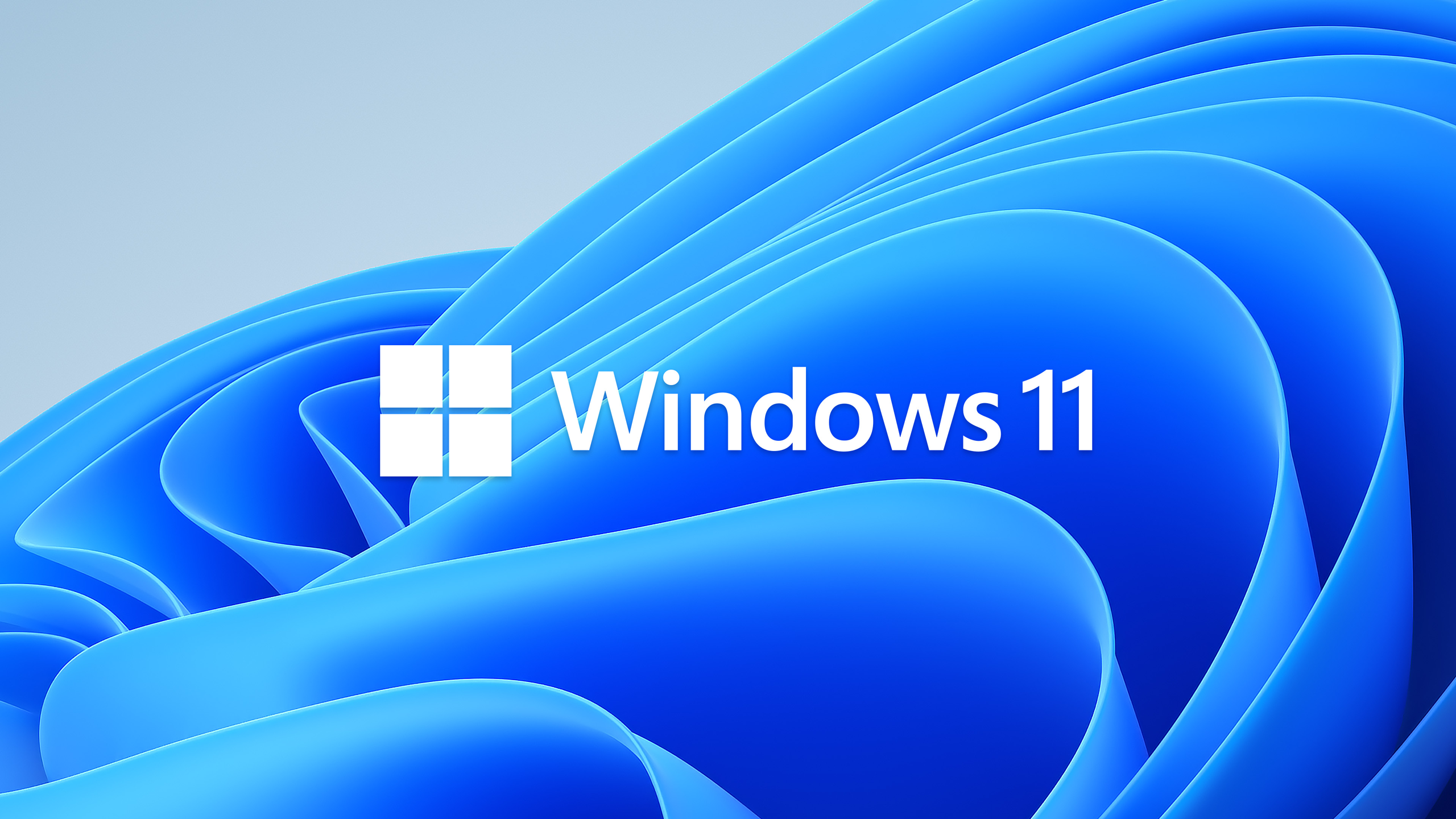
Microsoft EVP Yusuf Mehdi said in a blog post last week that Windows powers over a billion active devices globally. This might sound like a healthy number, but according to ZDNET, the Microsoft annual report for 2022 said that more than 1.4 billion devices were running Windows 10 or 11. Given that these documents contain material information and have allegedly been pored over by the tech giant’s lawyers, we can safely assume that Windows’ user base has been quietly shrinking in the past three years, shedding around 400 million users.
This is probably why Microsoft has been aggressively pushing users to upgrade to Windows 11 after the previous version of the OS loses support — so that its users would install the latest version of Windows on their current system (or get a new PC if their system is incapable of running the latest version). Although macOS is a threat to Windows, especially with the launch of Apple Silicon, we cannot say that those 400 million users all went and bought a MacBook. That’s because, as far back as 2023, Mac sales have also been dropping, with Statista reporting the computer line, once holding more than 85% of the company revenue, now making up just 7.7%.
Smartphones and tablets do enough, for some
Instead, people are slowly ditching their computers for smartphones and tablets, especially as they’ve become more powerful than ever. The only remaining major consumer markets for Windows PCs are gamers and specialized professionals who rely on software that only runs on Windows, ZDNET observed back in 2019. While the pandemic caused a three-year blip in PC sales, it seems that this trend has continued.
The looming Windows 10 end-of-support date will likely cause a jump in corporate sales, especially as companies rely on current software to help secure their systems. However, this is not a sure thing with consumers. After all, their Windows 10 PC will still work perfectly well, even if they’re not getting updates — they might be a bit more vulnerable to threats, but it seems that the average person does not care about that.
Those who are getting a replacement also have attractive alternatives: if you have a budget of around $800 to $1,000, the Apple Silicon MacBook Air is a tempting offer, especially with its amazing battery life. On the other hand, if money is a bit tight, but you still want something decent and new, there are a ton of Chromebook options out there. And with many schools using this system, students — who will eventually become adults and buy their own computers — are so used to them that they might just choose Google over Microsoft when they need a computer.
Alternative operating systems weren’t a major threat in the past, as the ubiquity of the Microsoft Office suite, various software that is only available for Windows, and the cheaper price of PCs over Macs meant that they were the best options for those who simply needed a computer for basic tasks. But with the prevalence of Google Docs (which is free, by the way) and web-based apps, it seems that many no longer find a reason to choose Microsoft.
Follow Tom's Hardware on Google News to get our up-to-date news, analysis, and reviews in your feeds. Make sure to click the Follow button.







